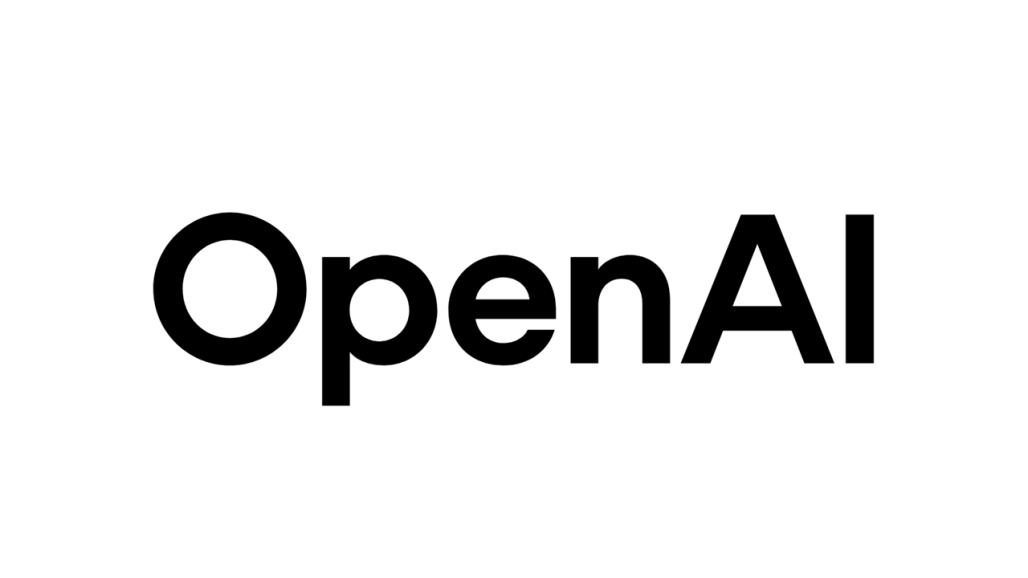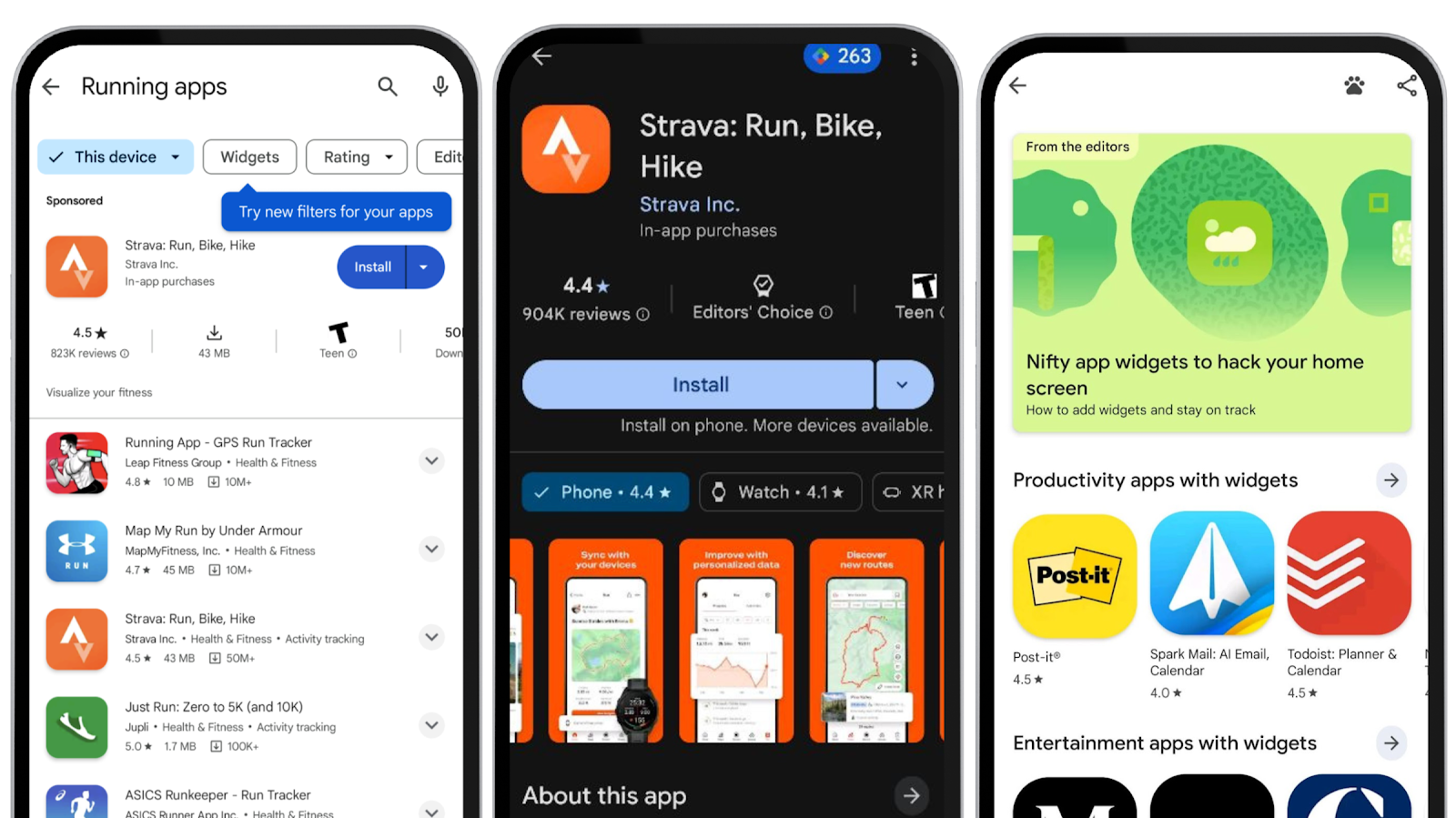
ChatGPT 4 Review: The AI Chatbot to Beat
Since its debut in 2022, ChatGPT has established itself as a leading AI chatbot, continuously evolving and refining its capabilities. It generally outperforms many other chatbots in delivering precise and detailed answers. One of its standout qualities is its ability to source and integrate up-to-date information from the internet efficiently. In addition to advanced reasoning and writing skills, ChatGPT offers comprehensive research tools, file processing features, and impressive image generation capabilities. While it’s not flawless and occasionally produces incorrect information, and despite lacking some of the seamless productivity integrations found in alternatives like Copilot or Gemini, ChatGPT’s broad versatility and ongoing improvements secure its place as our Editors’ Choice for AI chatbots.
What Is ChatGPT?
In essence, ChatGPT is an AI chatbot you communicate with through typing or speaking. It can handle a variety of tasks such as answering questions, conducting in-depth research, producing creative writing, solving mathematical or scientific problems, generating images, processing uploaded files, browsing the web, and much more. It stands apart from earlier digital assistants like Amazon Alexa or Apple Siri by utilizing contextual understanding and memory features that enable more natural and meaningful conversations.
Personally, I find ChatGPT especially useful for getting answers and researching topics. Instead of performing a Google search and scrolling through countless forum threads, ChatGPT usually provides the information I need more quickly and succinctly. That said, AI chatbots are still imperfect and can confidently present inaccurate or fabricated information, so it’s important to verify any critical details with additional sources beyond ChatGPT.

How Does ChatGPT Work?
ChatGPT operates through a complex prompt-and-response system, drawing upon extensive information ranging from simple crafts to cutting-edge quantum physics. The core technology is based on OpenAI’s 4-series and o-series large language models, which are artificial neural networks trained on vast datasets. Beyond the training data, ChatGPT can access current information via web searches to keep its responses relevant.
The 4-series models are designed for conversational and general use, while the o-series models excel in logic and problem-solving tasks such as coding, mathematics, and science. Each series includes specific models tailored to particular needs. For example, GPT-4o mini is the fastest, ideal for quick responses, while GPT-4o is slower but supports advanced features like file uploads. Recently, OpenAI introduced o3 and o4-mini models to the lineup, enhancing ChatGPT’s versatility.
As users interact with ChatGPT, they indirectly contribute to its learning process, allowing its responses to evolve over time. This means ChatGPT’s accuracy and relevance can improve without the need for constant updates or new models. However, this also means the system can still repeat mistakes during conversations, and changes might be subtle week to week rather than dramatic.
Plans and Pricing: Not the Greatest Value
ChatGPT is accessible for free, but there are also subscription options tailored to individuals, teams, and enterprises. The Free tier grants unlimited access to the GPT-4o mini model with restricted usage of GPT-4o and o4-mini. You also get the ability to create custom GPTs, perform web searches, and limited access to advanced features like file uploads, data analysis, and image generation.
Paid plans include Plus ($20/month), Pro ($200/month), Team ($25 per user/month billed annually), and Enterprise with custom pricing. The Plus plan is the most suitable for typical users, offering access to more sophisticated models like GPT-4.5, o3, and o4-mini-high. It also expands limits on file uploads, data analysis, and unlocks additional tools such as creating projects, custom GPTs, and limited video generation features.
When compared with competitors, Google’s premium Google One plan with Gemini Advanced and Microsoft’s Copilot Pro also cost around $20 per month but include extras like 2TB of Google Drive storage or direct integration with Microsoft 365 apps. In contrast, ChatGPT’s offering feels somewhat more focused on chatbot functions without these added perks.
Where Is ChatGPT Available?
ChatGPT is accessible through a web interface and dedicated apps for mobile (both Android and iOS) and desktop (macOS and Windows). OpenAI also offers an official ChatGPT extension for Google Chrome, which can replace your default search engine. While official extensions for browsers like Firefox or Safari do not exist, third-party alternatives are available.
Besides direct access, ChatGPT’s technology powers other services. For instance, Siri can tap into ChatGPT for enhanced answers, and Microsoft’s Copilot leverages the same 4-series models that ChatGPT uses. Many third-party platforms, including Adobe Express and Perplexity, integrate OpenAI’s models, though they typically do not offer the full range of ChatGPT’s capabilities nor carry its branding.

Getting Started With ChatGPT: Easy to Use, Lots to Do
Although you can use ChatGPT without an account, signing in unlocks additional features like chat history and file uploads. The interface is straightforward, centering around a prominent “Ask Anything” box, supplemented by voice dictation and web search options. A sidebar shows your chat history, links to custom GPTs, and access to video generation tools. For users unsure about its capabilities, the app offers preset buttons like Analyze, Brainstorm, Code, and Create Image that provide sample prompts, alongside the option to ask ChatGPT directly about what it can assist with.
ChatGPT’s responses are generally quick, though occasional delays or interruptions can occur, which you can fix by stopping and resubmitting your prompt. The chatbot tends to have a friendly tone, but you can customize its personality, including what it calls you and how it interacts. OpenAI has also introduced a memory update allowing ChatGPT to remember your prior conversations and context, though this feature may still be in the rollout phase.
Below each response, you’ll find buttons to copy, have the reply read aloud, or generate a new answer. You can also share entire chats or links to images and research generated within ChatGPT. Voice mode is easy to activate and offers several realistic voices. You can speak naturally, mute your mic when desired, and enjoy a lifelike conversation similar to Copilot Voice.
Web Search: Detailed Responses
Web searching is a standard part of AI chatbots, and ChatGPT consistently delivers more thorough and accurate answers compared to competitors like Copilot and Gemini. For example, when asked about current events such as the release date of Oblivion Remastered or the identity of Canada’s Prime Minister, all chatbots responded correctly. However, ChatGPT stood out by providing extra context, such as details about Pope Francis’s funeral and explanations of the papal conclave process, even including images for added clarity.
ChatGPT also excels at sourcing its answers, providing readable article links at the end of responses and allowing users to hover over citations to access the original content. In contrast, competitors’ sourcing is often less user-friendly.
Still, users need to be cautious. If you forget to enable the Search toggle when asking a question, ChatGPT may provide outdated or incorrect information. For instance, asking simply “Who is the pope?” may return Pope Francis based on stored knowledge, while phrasing it as “Who is the current pope?” triggers a live web search and gives the most accurate answer.






